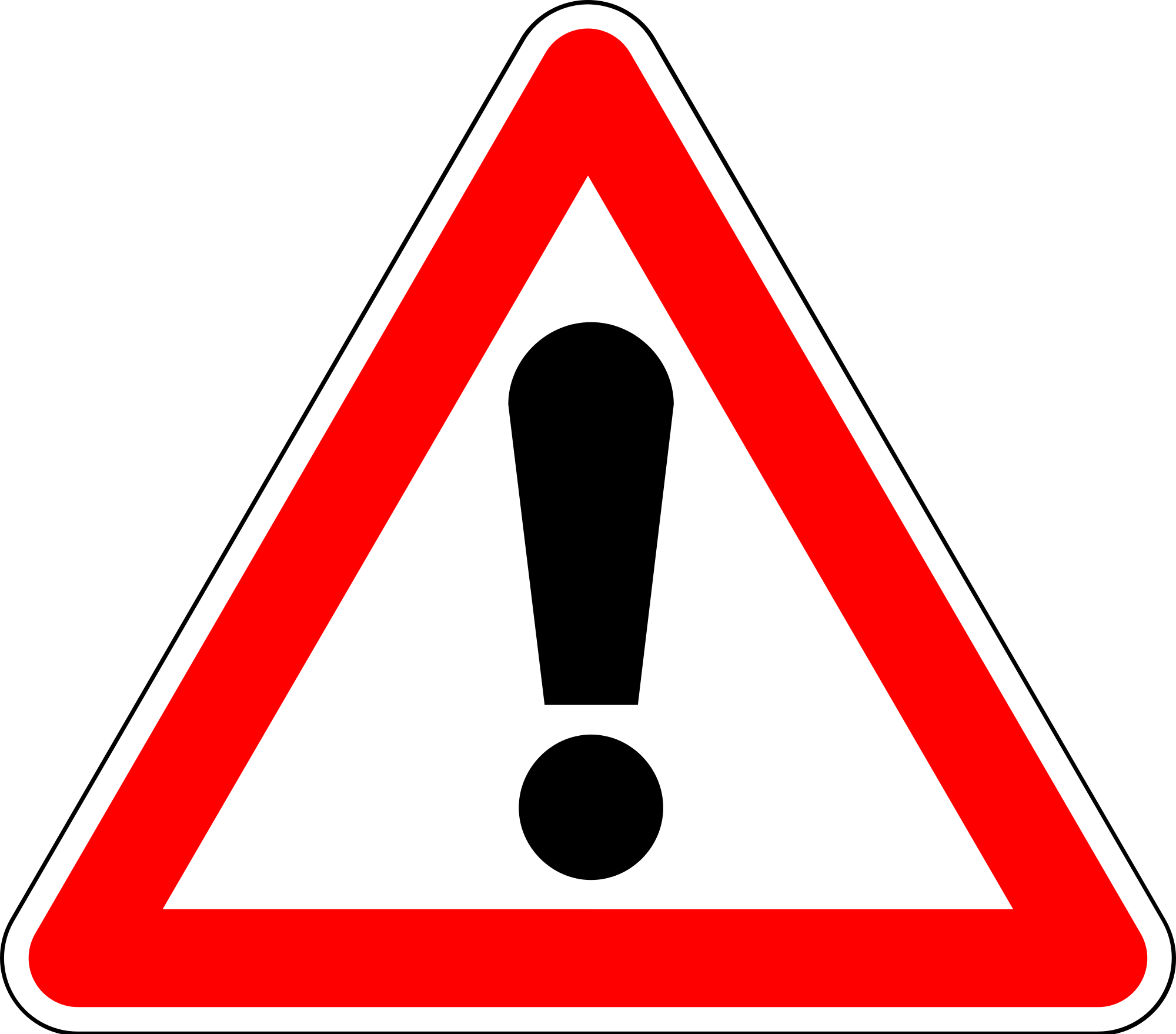
Invasive - Eradicate!
Major negative impact on wetlands in North America; reduces waterfowl food and nesting.

Problems
Purple loosestrife invades marshes and lakeshores, replacing cattails and other wetland plants. Purple loosestrife adapts readily to natural and disturbed wetlands. As it establishes and expands, it outcompetes and replaces native grasses, sedges, and other flowering plants that provide a higher quality source of nutrition for wildlife.
The highly invasive nature of purple loosestrife allows it to form dense, homogeneous impenetrable stands that restrict native wetland plant species, and are unsuitable as cover, food or nesting sites for a wide range of native wetland animals including ducks, geese, rails, bitterns, muskrats, frogs, toads and turtles. Many rare and endangered plants are also at risk including some federally endangered orchids.
Plant Description:
Purple loosestrife is an erect perennial herb in the loosestrife family, with a square, woody stem and opposite or whorled leaves. Leaves are lance-shaped, stalkless, and heart-shaped or rounded at the base. Plants are usually covered by a downy pubescence. Loosestrife plants grow from four to ten feet high, depending upon conditions, and produce a showy display of magenta-colored flower spikes throughout much of the summer. Flowers have five to seven petals. Mature plants can have from 30 to 50 stems arising from a single rootstock.
Hints to Identify
Individual flowers on the flower spikes have five or six pink-purple petals surrounding small, yellow centers. Leaves are downy, with smooth edges. Stalks are square, five or six-sided, woody, as tall as 2 meters (over 6 feet).
|
Homeowner Treatment Options
|
| 2,4-D Amine |
| Shoreline Defense® Herbicide/Cygnet Plus Combo |
| *Aquatic Biologists recommends implementing preventative management techniques and physical removal prior to, or in conjunction with treatment. |
Common Application Questions
Q. How much should I treat?
A. The entire population should be treated as purple loosestrife is invasive.
Q. How often do I need to treat Purple Loosestrife?
A. Multiple treatments are generally required.
Q. How long before I see results?
A. It really depends on the product you choose. For most vegetation, control will take approximately 2 weeks however, tissue damage may be evident within 2 to 4 days with liquid formulations. Some products are slower acting with results taking 30 days or more to achieve.
